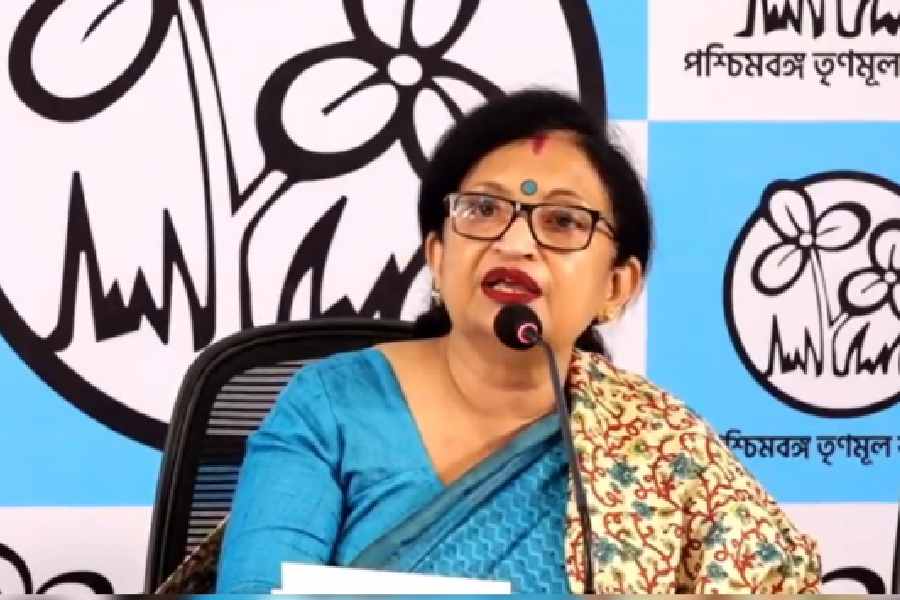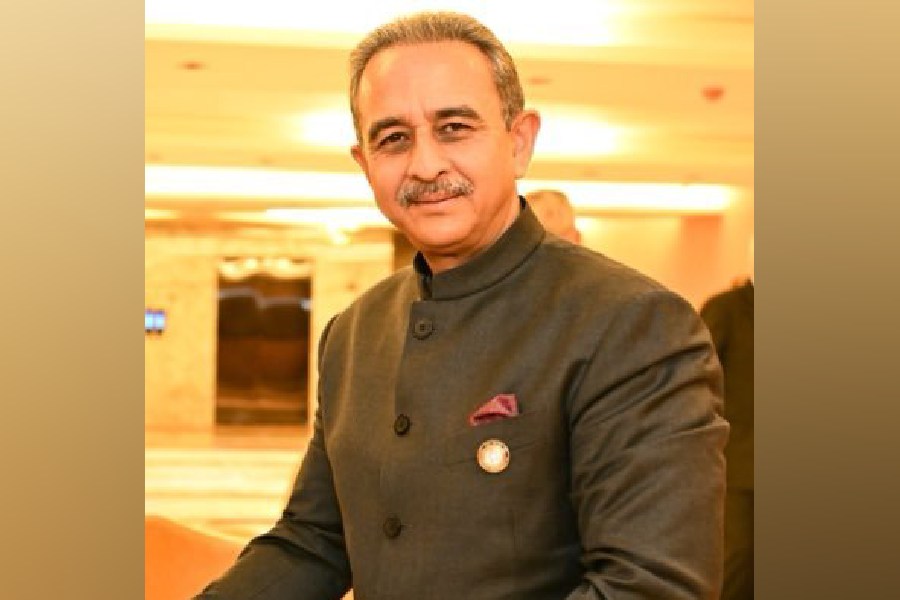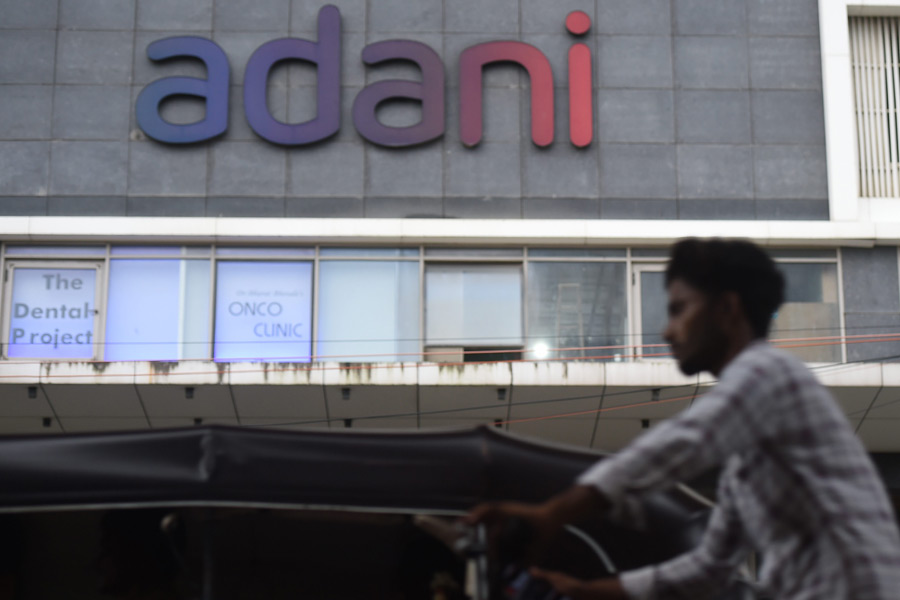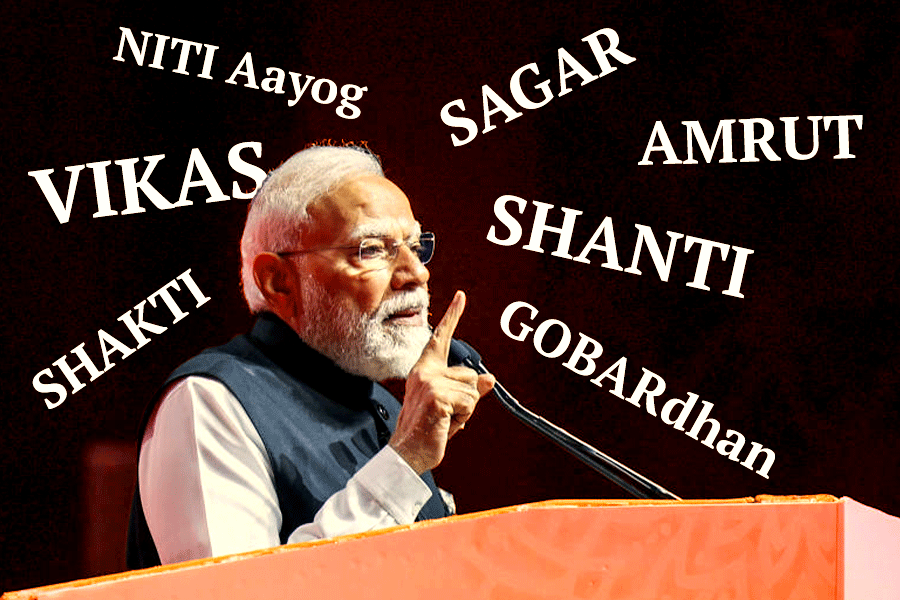Finance minister Chandrima Bhattacharya on Thursday pitched welfare measures for the masses as the biggest strength of the state budget, a day after BJP MLA and economist Ashok Lahiri had raised several questions about the projections in the budget proposals for 2025-26.
In her reply to budget discussions, the minister of state for finance with independent charge also launched a bitter attack on the Narendra Modi government’s “step-motherly” treatment of the state.
Bhattacharya began her defence by lavishing praise on Lahiri’s credentials but was quick to weave in sarcasm. “Dr Ashok Lahiri, who has received acclaim from the whole world as an economist, is our pride too as a son of Bengal…. I saw him say a lot of things in the House, but he did not show patience or intent to listen to the replies,” said the finance minister, referring to Lahiri’s absence from the House.
“I am not a student of economics…. I am always happy to learn from the likes of Dr Lahiri. I was hoping he’d be here,” she added, referring to the member of the Fifteenth Finance Commission, who taught economics at the Delhi School of Economics and had served as the chief economic adviser to the Union government.
“The budget — contrary to what was said (by Lahiri) — is revolutionary and exemplary in addressing the needs of the masses. This budget is proof that the path of lives of the people of Bengal can be made smoother while keeping the awakened conscious of the pain of deprivation.”
In her 50-minute speech, Bhattacharya lauded chief minister Mamata Banerjee for her commitment to the people, the welfare and uplift of the masses, which she said was the foremost capital of the budget, with focus on infrastructure development, progress of the state and building human capital, besides women empowerment.
The minister defended the state’s borrowing spree and the burgeoning debt burden.
“Yes, indeed we are borrowing… who doesn’t? We are making comparisons, they say we shouldn’t. But compare we must,” said Bhattacharya.
“Maharashtra has borrowed around ₹8.12 lakh crore, Uttar Pradesh ₹8.57 lakh crore... double-engine governments there, Telangana ₹9.85 lakh crore…. We have estimated the borrowing of ₹7.71 lakh crore in the budget. Everyone has to borrow. We have not violated the FRBM,” she said, adding that Bengal was one of the four states that had done the best job in the entire country with regard to the debt to GSDP ratio — the others being Gujarat, Odisha and Maharashtra.
While underscoring the TMC government’s commitment to welfare measures, Bhattacharya underscored various areas of blocked central dues to Bengal, which has been a major point of conflict between the state and the BJP-led Centre for the past
few years.
“There is this constant attempt to bulldoze and destroy the federal structure of our Constitution and democracy,” she said.
Bhattacharya pointed out that after the vast spending on debt-servicing and being deprived by the Centre of the state’s rightful dues, Bengal was continuing to fund 94 social welfare schemes and the budgetary allocations for women child and development, agriculture, panchayat affairs, health and minority affairs all increased.
Additionally, the state was undertaking the Ghatal Master Plan, the Nadi Bandhan scheme, the Gangasagar Setu, providing smartphones for Asha workers, and several other initiatives.
“Unlike in the past here or in other states, there is no discrimination on the basis of political colour in our welfare and development initiatives,” she said.
Commending the state government on mitigating urban unemployment, she said Chhattisgarh had an urban unemployment rate of 8.6 per cent, Himachal Pradesh 10.4 per cent, Odisha 8.7 per cent, Rajasthan 9.7 per cent and Uttar Pradesh 7.2 per cent in the last quarter.
“Bengal’s, however, is 5.7 per cent. The national average is 6.4 per cent…. In 2024-25, the rate of unemployment nationally was 7.93 per cent, while in this state it was 4.14 per cent,” she said.
Bhattacharya went on to commend Mamata for being the foremost champion of egalitarianism nationally, and tore into the saffron regime, under which countless incidents of atrocities and discrimination against minorities were reported.










